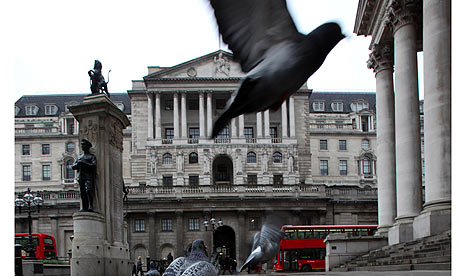Today it’s the first day of the 4th Annual conference of the Victorian Popular Fiction Association. As always, I’m attending and giving a paper. This year’s conference theme is “Hard Cash” and it’s prompted me to think about exchanges where the medium isn’t “hard” at all.
Perhaps strangely, I started wondering about the possible prompts for Ouida’s move to Italy, her increasing interest in politics and in how writing can have a social impact. In 1871, she left for a tour of the continent. The tour turned into a life-time’s decision: from 1871 until her death in 1908 Ouida was to live in Tuscany. Her decision to live in Italy (Florence at first) was motivated, according to her early biographers, by her infatuation with the opera singer Mario who had a villa just outside Florence. Ouida was over 30 and some biographies (and still some more recent critics) have described this as an adolescent passion, a symptom of how popular culture can’t grow up.
As usual, I want to query such a response. As far as I’m concerned, such an understanding is the slave of history and stereotypes. It still continues as a trope that keeps the “soft” – in this case, women and popular culture – in its place. Just the other day I heard someone, who should have known better, reduce this representative of women’s creative engagement with a system that didn’t exactly treat her well (while profiting immensely from her labour) to a stupid ignoramus “with hundreds of lovers” and no idea of how to manage her money (oh for goodness sake!). To begin revisioning Ouida (and indeed the despised “soft” in general), I want to consider more carefully what actually happened in the summer of 1871. Not many letters from Ouida survive from this period and certainly she left no revealing diary, but by shifting our point of view slightly we can increase our understanding of history and its operations by thinking about what is at stake in dissing too glibly such excluded and derided figures.
In the first place, Ouida’s enthusiasm for Mario was shared by hundreds if not thousands. It was a collective passion. Mario had fans. The Victorian society hostess Lady Dorothy Nevill remarked on how Mario used to create ‘a perfect furore’ when he appeared, and The Leader in 1854 noted that he had what today would be called ‘stalkers’. Lady Geraldine Somerset recorded his farewell performance at Covent Garden on 19 July 1871 in her diary:

The scene of enthusiasm is difficult to describe, he was in glorious voice and acted quite magnificently. They gave him a tremendous reception, and at the end of the fine 3rd act [of Donizetti’s La Favorita], the ovation was beyond anything I ever saw, the whole house rose to receive him, waving handkerchiefs and hats, shouting showering wreaths and flowers upon him. P[rincess] A[ugusta]’s wreath was the first thrown and she threw it beautifully. HRH [the Duchess of Cambridge] threw him her bouquet and he caught it in his hand in the air as it reached him, so prettily that there was a roar of applause at it. P[rincess] M[ary Adelaid] caught up my bouquet round the corner of the box and threw it to him! Again and again and again he had to come forward, five or six times…
[after the last act] ‘a really delirious excitement, the whole house standing – quite a choking sight! He was quite pale and really overcome… the public were determined to see him yet again!! And called and shouted so he was forced to come on, in his dressing gown and stood all ému, only able to press his hand to his lips to express his emotion.The almost equally breathless Times account of the performance confirms the ‘overwhelming’ delirium of an audience in which – to the amazement of the correspondent ‑ men were as ecstatic as women.
Ouida was there too and threw Mario a bouquet. Hers had an ivory cigarette case inside it inscribed with the following in mock-Dante Italian:
Pietosi dissero gli Dei
Oda la terra una volta la musica
Del Ciel, e labbre toccaro di …
Mario!
In English it reads less elegantly: ‘In pity the gods said “May the earth hear once the music of heaven”, and they touched the lips of … Mario.’
What is the meaning of these gifts that are showered on popular artists such as Mario? What is the meaning of the ecstatic applause that follows their performance and the rapt silence that the nineteenth century audience learnt to give during it? Certainly both are in excess of any ticket price or contracted payment the artist receives. The artist and the audience give and also receive in a very curious economics, very different from the hard-headed exchanges of capitalism. For her most recent novel, Folle-Farine (which was to come out in late August 1871, immediately before she left London) Ouida obtained £900 from her publisher Chapman. This was a considerable advance from what she’d received for her early novels, but not that much compared to her fellow literary stars Mary Braddon and Wilkie Collins (and indeed, George Eliot). Perhaps what she participated in in Covent Garden was another way of conceiving the exchange that is “Art”, music, literature — a collective, communitarian conception. Perhaps also a political one? It’s an economics where “cash” isn’t “hard” in the sense of reducible to conventionally agreed quantities. If that is what the conception of art is not, what is it? How are we to understand it positively?
(to be continued)
